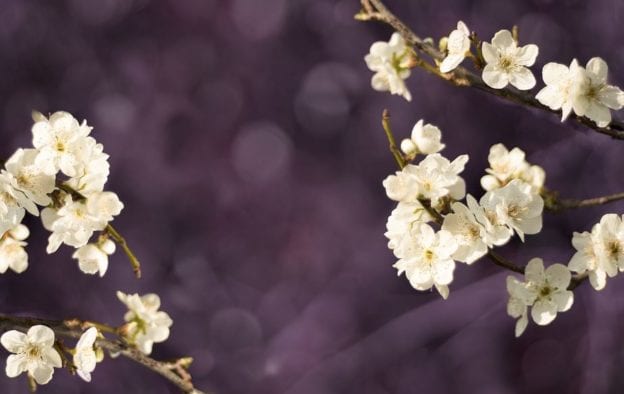Though cremations in Hayward, CA are only recently becoming more popular, they’ve been around for thousands of years. But what is a cremation? And why should you choose one for your deceased loved one or your own passing?
The cremation process can be broken down to three main parts: body preparation, the actual cremation, and processing the ashes.
There are a lot of steps that need to take place before a body is cremated. First, a funeral director needs to obtain a cremation authorization document, usually signed by closest surviving family members. The funeral director then goes through a series of checks to ensure proper body identification. Next, the body is processed to remove any items that the family doesn’t want cremated with the body, or things that cannot be cremated with the body like jewelry and medical devices, especially pacemakers.
Once prepared, the body is put inside a cremation casket and checked again for proper identification. A metal identification tag that won’t burn or melt is also placed inside the cremation casket to ensure the remains end up with the right family after cremation.
Cremation chambers are usually heated with fire and built from fire resistant bricks and special masonry compound designed to stand up to extremely high temperatures. The cremation casket holding the body is placed directly into the cremation chamber. At the height of the process, the chamber reaches over 1800 degrees Fahrenheit. It usually takes 2 hours for a body to be reduced to bone fragments and ash, but the time can vary depending on factors such as the size of the body, type of cremation casket, or even the percentage of body fat to lean muscle.
After the incineration, the remains are left to cool inside the chamber for about 30 minutes. They are then processed and checked again for any remaining medical debris and identification. The cooled bone fragments go through a processor that grinds them down into fine ash. This final ash is what is returned to the family for funeral services or interment.
There are many different ways families deal with their loved one’s cremated remains. Some of these include:
- Casting, or tossing the cremated remains into the wind.
- Raking, a process in which the ashes are poured over loose earth and raked into the soil.
- Trenching, or burying the ashes in a shallow grave. Sometimes performed on a beach so the ashes are eventually carried out to sea by the tide.
- Aerial scattering, an expensive option, is when a professional pilot takes the ashes into the air and scatters them from the sky.
- Water scattering, or simply scattering the ashes into a body of water.
- Ringing, a ceremony in which a loved one places the ashes in ring around a tree or home.
Do you have more cremation questions? Deer Creek Funeral Service can help. Pay us a visit at 20630 Redwood Rd Castro Valley, CA 94546, or give us a call at (510) 317-7890 to learn more about our Hayward, CA cremation services.





